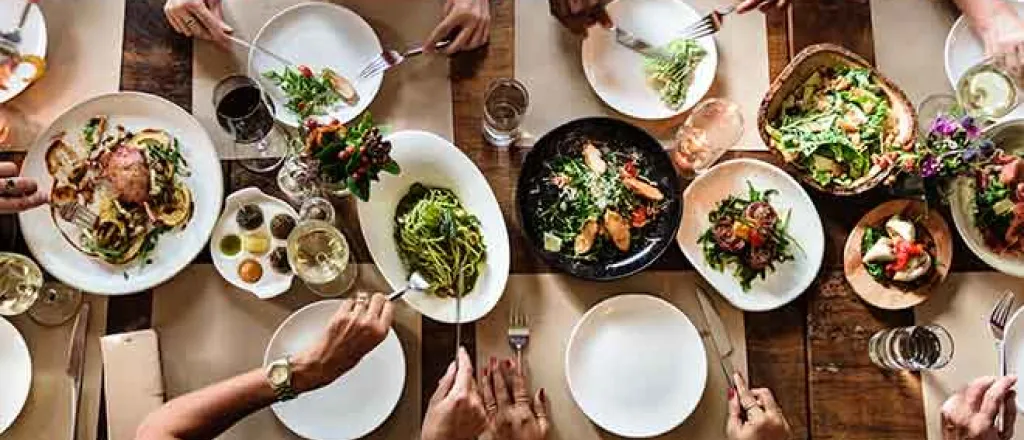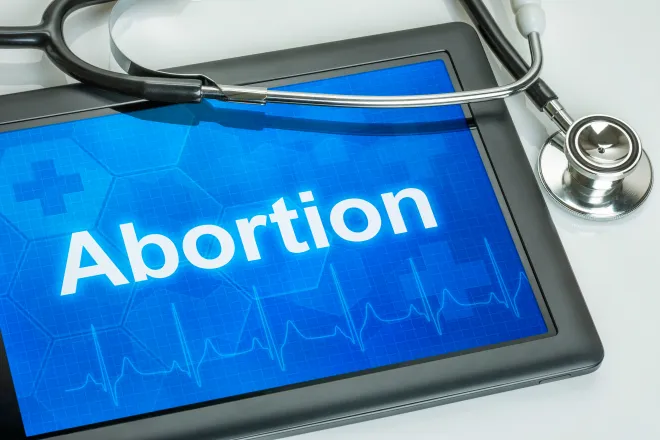
Want to really sabotage that holiday dinner you're preparing? Here are some simple things that could do just that. Gary Crawford has more.
PARTICIPANTS: Gary Crawford. Meredith Carothers with USDA's Meat and Poultry Hotline.
The USDA's Meat and Poultry Hotline number is 888-MPHOTLINE (888-674-6854) Listeners can also go online to Ask.usda.gov
Transcript
And now, holiday turkey dinner no-no's.
No-no, that's right, Moriah.
We have a gravy boatload of ways to ruin our holiday dinner and perhaps experience such wondrous holiday effects as--
Nausea, vomiting, diarrhea, fever, chills.
Oh, goody.
Holiday dinner no-no's from Meredith Carruthers with the Agriculture Department's Meat and Poultry Hotline.
So Meredith, you ready with the no-no's?
Yes, yes.
So what is the first no-no that many of us do that could cause a problem if we have a frozen turkey?
Thawing at room temperature is definitely a big no-no.
And the longer that a product, especially raw turkey, is out at room temperature, the more opportunity bacteria have to grow.
And those then could create heat-resistant toxins that won't be killed by the cooking process.
And then if you eat those, it could essentially make you sick.
So big no-no is thawing at room temperature.
So you say, instead, thaw that bird in the fridge so it stays below 40 degrees, thus not allowing any bacteria to grow.
Okay, next on the—
♪ No, no, no, no ♪
No, no, no list, yes, thank you, Ringo.
Meredith, you have another little no-no for us?
A big no-no.
Ooh, big no-no, and that is?
Not sanitizing and cleaning your surfaces after that raw turkey might have been there.
There could be bacteria on the turkey and in the juices.
If they touched anything else, sink, countertop, utensils, hands, anything, Meredith says that bacteria could end up all over the kitchen and in salads and everything else.
That is a big no-no.
Yes.
Yes, ah, but wait, there's more we can do to up the risk of causing a food poisoning problem this holiday, so, (dramatic music) there you go.
Not using a food thermometer and only relying on the pop-up timer or the way that the turkey looks is another big no-no.
That pop-up thing might let you know that the bird's up to the safe bacteria-killing temperature of 165 degrees in the spot where the pop-up is located, but turkeys are big, and Meredith says other parts of that turkey could still be below 165.
And we really recommend to check the temperature in the thickest part of the breast, the innermost part of the wing, and the innermost part of the thigh.
So not using a meat thermometer, not using it right is another no-no.
And one final major, ♪ No, no, no, no, no, no ♪ Yeah, no-no.
Not putting your leftovers away soon enough after you've eaten.
Bacteria is in the air, it's on our hands everywhere, and if it lands on that turkey or the sliced meat while it's out on the table, it won't be too long before the bacteria start to multiply or divide or whatever they do.
And so with perishable foods--
Two hours is that maximum timeframe that they should be allowed to stay out for.
So those are a few of the holiday meal no-no's, which every year cause thousands of illnesses that could have been prevented.
If you have questions about preparing that holiday meal, call the folks at the Meat and Poultry Hotline.
Here's the number, 1-888-MP-HOTLINE, or go online to ask.usda.gov.
The experts will be working even on Thanksgiving Day from 8 a.m. to 2 p.m.
Eastern Time, right Meredith?
Yes, yes.
Gary Crawford reporting for the U.S. Department of Agriculture.








